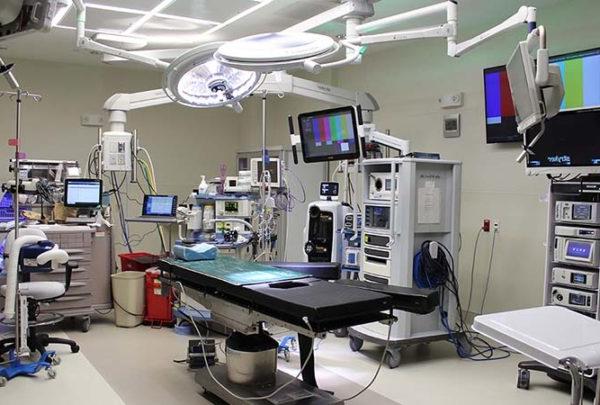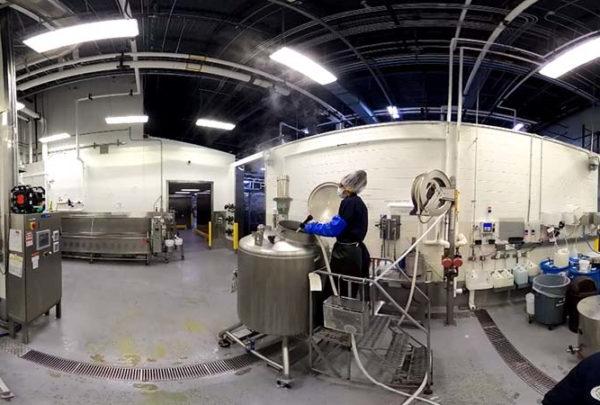Researchers and clinicians are constantly developing and testing new cancer treatments in the hopes of finding the ever-elusive “cure”—or to improve patients’ outcomes. One treatment option is oral chemotherapy, which allows a patient to take their dose at home.
Oral chemo has many pros and cons. But if you’re involved in administering chemo infusions in a hospital or cancer center, you might be wondering what effect patients taking their treatments at home is going to have on usage of your infusion bays.
Why Use Oral Chemo?
Oral chemotherapy—available as a tablet, capsule, or liquid—can be just as effective as other forms of chemo. Typically, oral chemo complements the infusions that patients traditionally receive. Oral chemo is seen as more convenient because it limits the need for patients to travel to the hospital or clinic to receive their treatment. This overall improvement in patients’ quality of life makes oral chemo appealing to patients, family members, and providers.
However, oral chemo isn’t for everyone. The World Health Organization estimates only 50% of people take their medications correctly, with lack of adherence leading to poor outcomes and an increased risk of side effects. While estimates of adherence among cancer patients vary widely, studies show that patients who miss only 15% of their doses have statistically worse outcomes compared with those who are adherent. So, it is critical that providers have strict guidelines to select those eligible for oral chemo in addition to routine oversight.
Oral treatments also tend to be more expensive for patients, with insurance companies traditionally pushing increased costs on to the patient through a larger co-pay or coinsurance. Patients also need access to specialty pharmacies to get oral chemo, which is often not available at local pharmacies.
Despite these drawbacks, health systems and insurance companies continue to look for ways to cut their own expenses while improving the patient experience, so it’s likely oral chemo is here to stay. These changes will have a direct impact on your patients, providers, and the utilization of existing infusion bays.
How Will Oral Chemo Affect Inpatient Infusion?
As with all disruptors, increased use of oral chemo is likely to have an impact on patient volume at traditional infusion centers. Patients find oral treatments to be more convenient and less burdensome, but it’s still too early to know what the impact will be. Here are a few things we do know.
Oral chemo is traditionally a complement to infusions and likely won’t entirely replace them. Only eligible patients with specific types of cancer can pursue oral treatment, and access can be limited by insurers and specialty pharmacies. These hurdles will continue while research and pharmaceutical development move toward oral chemo as the future.
Those who can take their chemo at home will free up infusion space, either relieving capacity constraints or creating unwanted low utilization. As the prevalence of cancer continues to increase, it’s unlikely infusion bays will go unused. Also, given adherence issues inherent in oral therapies, patients will need to continue visiting cancer centers to receive supplementary infusion treatments and speak with their doctor.
However, if the availability and increased utilization of oral chemo does create infusion capacity in the future, oncology programs must measure the potential impact and ensure proper interventions to get the most out of existing infusion space.
Benchmarking the impact of oral chemo on your existing oncology program provides a baseline, quantifying eligible patients and the impact of their decreased utilization on existing infusion capacity. Using this baseline, forecast scenarios can be developed to consider market shifts directly affecting infusion utilization. If low infusion utilization is forecasted, oncology programs must evaluate available interventions to backfill infusion space:
- Pursue disruptive advancements in oral chemo and other technologies to gain overall market share from less progressive programs
- Position existing infrastructure to capture gaps in the current market
- Repurpose infusion bays for:
- Telemedicine space so providers can connect with patients receiving care from home
- Consult space to provide patients with medication education, financial counseling, and care navigation
- Renovation and modernization to become a destination program
The oncology landscape is evolving to provide patients with options for their care, many of which improve lifestyle and reduce or eliminate the need to receive traditional infusions. Oncology programs must adjust their strategies to maintain market share and capitalize on limited resources. The traditional oncology clinic and infusion space will be affected—but we can work together to quantify that impact and deliver tailored strategies to position your oncology program for the future.








































































































